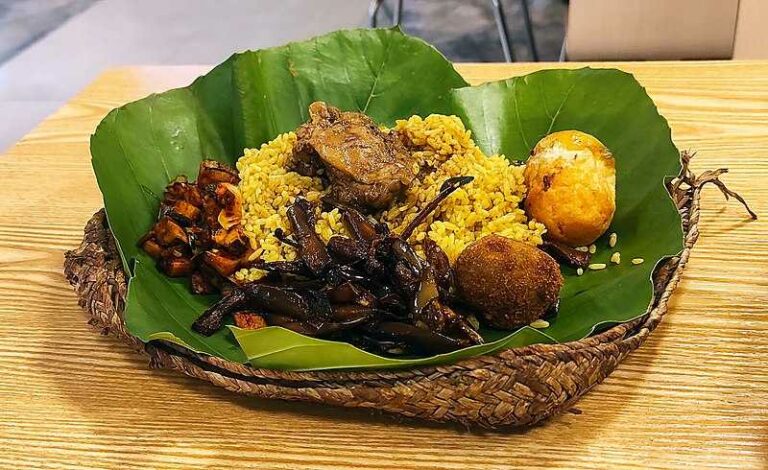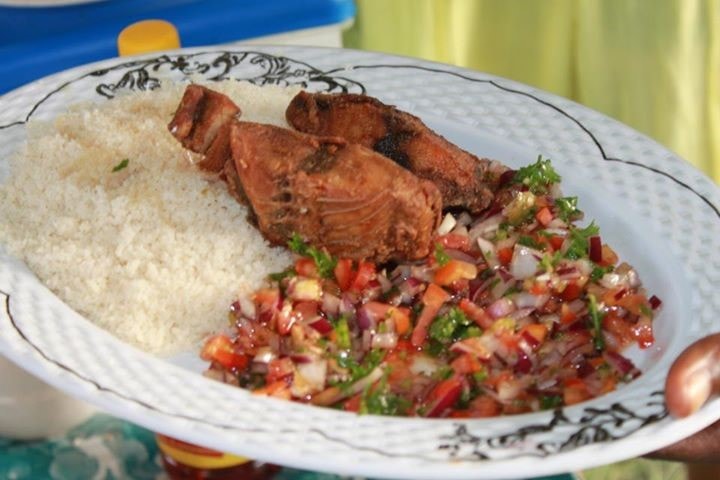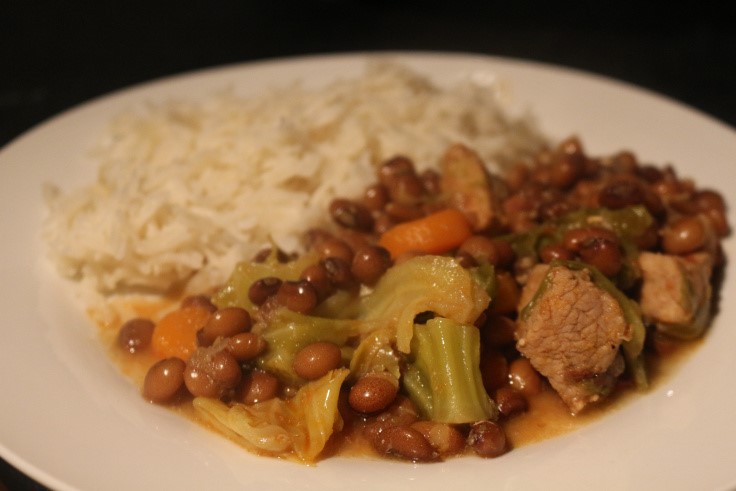Introduction: Sri Lankan cuisine
Sri Lankan cuisine is an amalgamation of various cultural influences that have shaped the island’s culinary identity for centuries. The cuisine is known for its bold and flavorful dishes that incorporate a wide variety of spices, herbs, and ingredients. Due to the island’s location along the spice trade route, Sri Lankan cuisine has a rich history of using spices as a primary flavoring agent in its dishes.
Key flavors in Sri Lankan cuisine
The key flavors that define Sri Lankan cuisine are a unique blend of sweet, savory, spicy, and sour. Most dishes are characterized by a hot and spicy flavor profile that is balanced by the use of coconut milk and other sweet ingredients. The sourness in dishes is usually derived from tamarind or lime juice.
Spices used in Sri Lankan dishes
Sri Lankan cuisine is renowned for its use of spices. The most commonly used spices in Sri Lankan dishes are cinnamon, cardamom, clove, cumin, coriander, fennel, mustard, and turmeric. These spices are often used in combination to create a complex flavor profile. Chili peppers are also a staple in Sri Lankan cuisine, ranging from mild to extremely hot.
Main ingredients in Sri Lankan cooking
Coconut milk is a primary ingredient in Sri Lankan cooking. It is used to add richness and sweetness to curries and stews. Rice is also a staple food in Sri Lanka and is served with almost every meal. Other common ingredients include vegetables such as eggplant, okra, and jackfruit, as well as seafood, chicken, and beef.
Traditional Sri Lankan dishes to try
Some of the most popular traditional Sri Lankan dishes include rice and curry, hoppers (a thin, crispy pancake made from rice flour and coconut milk), string hoppers (a type of noodle made from rice flour), and kottu roti (a stir-fry dish made with shredded roti bread, vegetables, and meat). Sri Lankan desserts are also a must-try, with favorites such as wattalappam (a sweet, custard-like pudding made with coconut milk and jaggery) and kokis (a crispy, deep-fried sweet made with rice flour and coconut milk).
Conclusion: A diverse and flavorful cuisine
Sri Lankan cuisine is a testament to the island’s rich cultural heritage and history. The unique blend of sweet, savory, spicy, and sour flavors, combined with the use of aromatic spices and fresh ingredients, makes Sri Lankan cuisine one of the most diverse and flavorful in the world. Whether you are a food lover or just looking to try something new, Sri Lankan cuisine is definitely worth exploring.




